Symptoms of Frozen shoulder
The symptoms are quite obvious. The symptoms are of three stages; the freezing stage, the frozen stage and the thawing stage.
The Freezing Stage
This stage is characterized by progressive limitation of movement of the shoulder and may last for a period of two to nine months. This is usually preceded by dislocation, prolonged difficulty in moving the arm, heart attack (myocardial infarction), and sometimes, neck problems (cervical radiculitis). Pain is not a major symptom at this stage but only becomes notable when you try to force the movement beyond the limitation. It is important to note that some of the symptoms especially, the early stage symptom might appear like the regular pain in any part of the body, which you might want to neglect or pay little or no attention to. This is made worse by the fact that this symptom sometimes vanishes, which gives you the false impression that everything is normal.
The Frozen Stage
At this stage, pain becomes too obvious due to the thickened fluid in the joint. If it progresses without check, the movement eventually becomes more restricted. This phase spans a period of four to twelve months.|
The Thawing Stage
This stage spans over a period of six to nine months and this stage is characterized by gradual reduction of the inflammation as well the pain. It is important to follow it with treatment otherwise there may not be a 100% recovery.
Treating Frozen Shoulder with Chiropractic
Chiropractic plays an important role in treating Frozen Shoulder and returning the shoulder to its normal degree of movement. It addresses more of the physical issues, such as getting the body to move easier, bringing the patient to his/her normal life style. It also helps the elderly by enhancing physical health, thereby, preventing any ailments that are incidental to getting older. The best therapeutic application of chiropractic in relation to Frozen Shoulder is the prevention of Frozen Shoulder. Chiropractic-related therapies promote a healthy diet, exercise, and the maintenance of the body’s posture. It also promotes the maintenance of sensible weight, a healthy immune system, adoption of adequate exercises that suit your body as well as maintaining a good body sugar level. If you think you are experiencing symptoms of Frozen Shoulder, it might be a good idea to give chiropractic therapy a try. At Peak Performance Chiropractic, we can help determine what is wrong and provide a plan of action for recovery.

